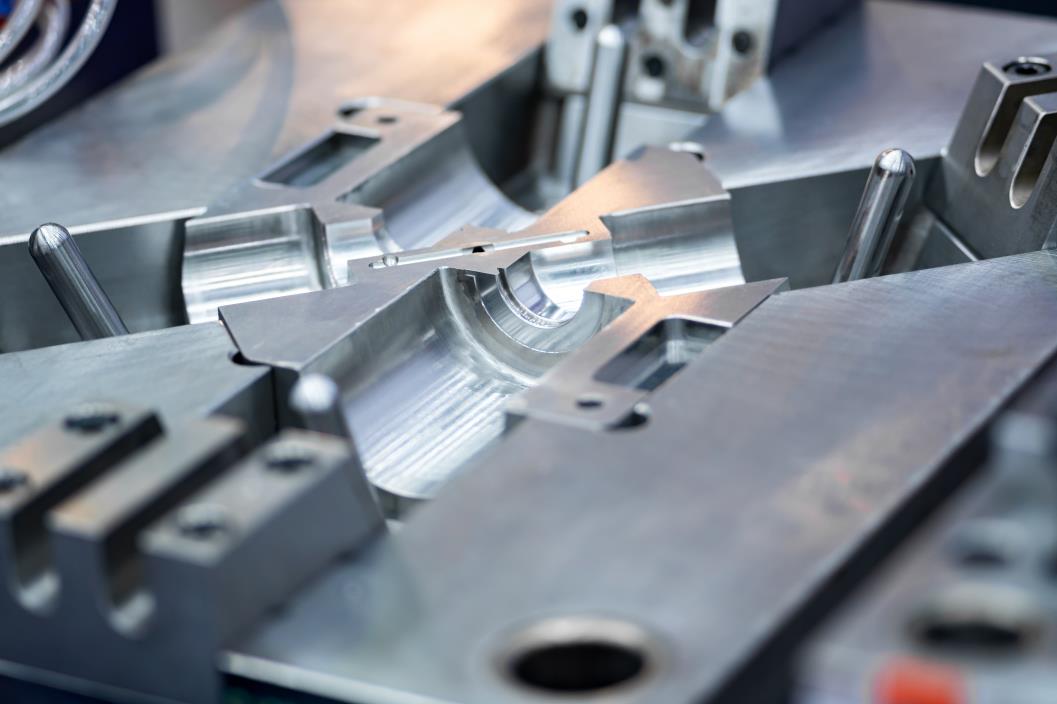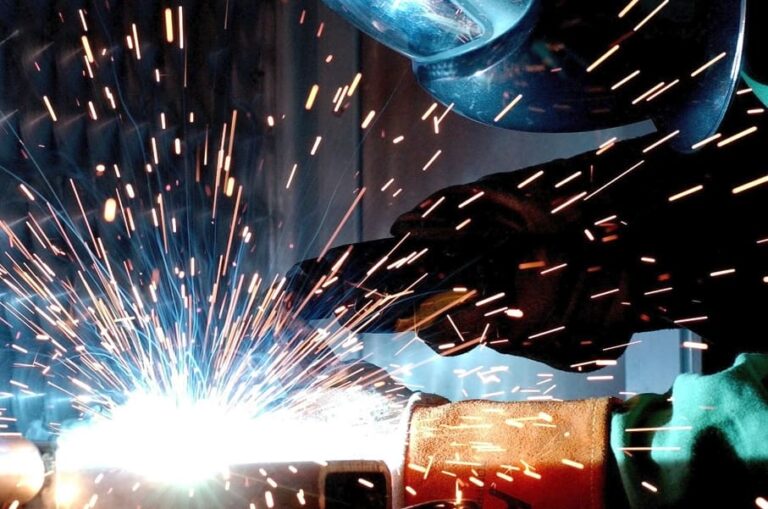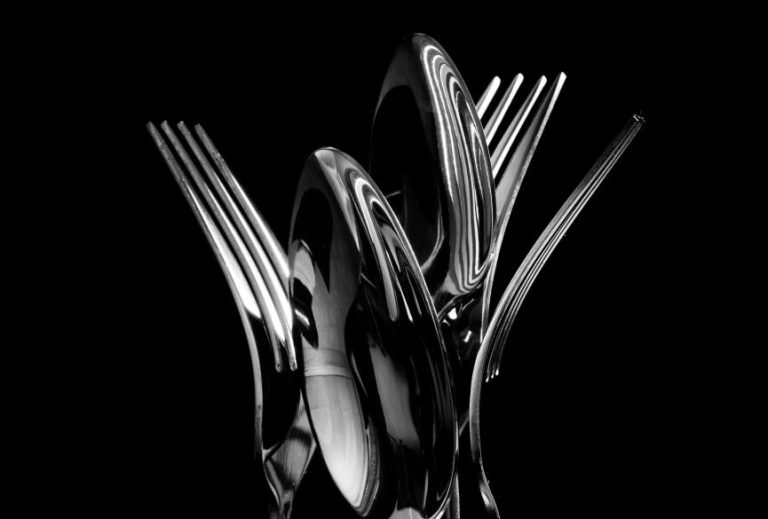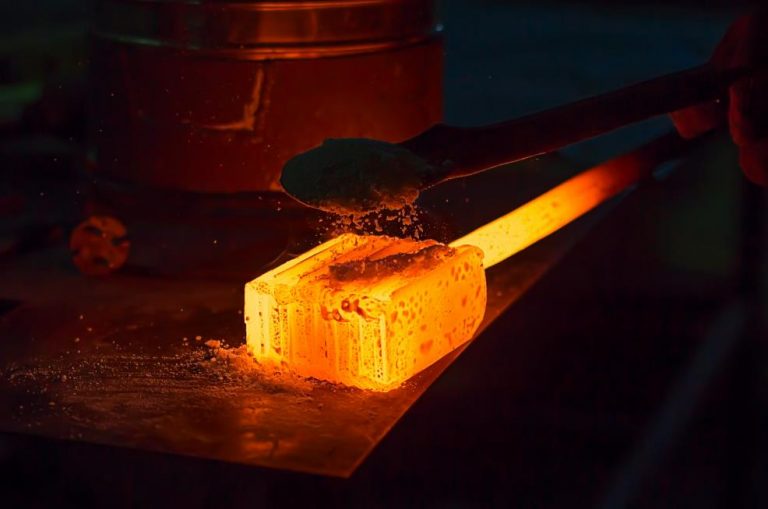Knife steel is one of the most important choices for a knifemaker. It determines the characteristics of a blade, from its sharpness to rust resistance. Naturally, it is wise to find optimal steels as a knife store owner to deliver satisfying products to customers.
Every user has personal preferences, but edge retention is always at the center of discussion. K390 is a strong candidate in this category. It is a highly wear-resistant steel that holds an edge like no other.
In this article, we’ll go through the characteristics of this exceptionally high wear-resistant steel. Continue reading to discover K390 steel’s composition, properties, and how it compares to others.
What is K390 steel?
K390 steel is one of Böhler-Uddeholm’s high wear resistance steels. It’s a cold-work steel developed to compete with Crucible’s CPM-10V. K390 came out roughly 30 years after CPM-10V and holds interesting properties as a knife material.
K390 steel is a powder metallurgy steel. It’s manufactured through Böhler’s Microclean particle metallurgy process. Due to this, some also refer to it as the Böhler K390 Microclean.
It has a high vanadium content with molybdenum, cobalt, and tungsten. These alloying elements enable the steel to achieve extremely high wear resistance, allowing it to hold a sharp edge for extended periods.
Although there aren’t as many K390 knives in the market, many knife brands are slowly introducing them in their product lineups. In a few years from now, K390 might as well be the steel that dominates the knife industry for high-end EDC knives.
Chemical composition of K390 steel
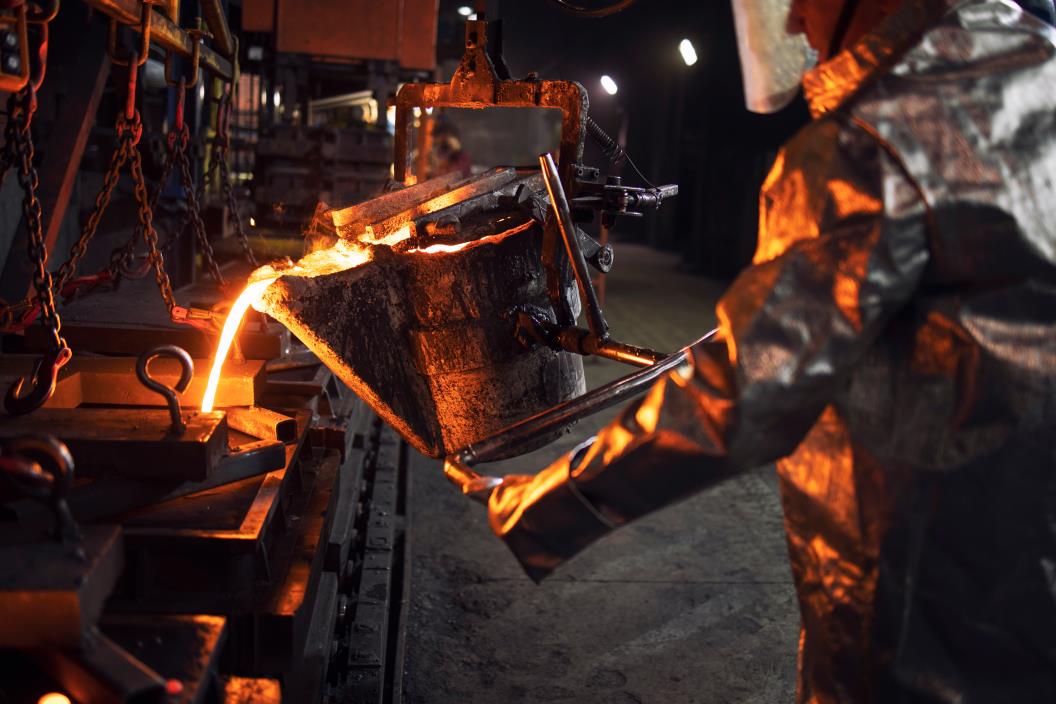
- Carbon: 2.47%
- Chromium: 4.20%
- Vanadium: 9.00%
- Molybdenum: 3.80%
- Cobalt: 2.00%
- Tungsten: 1.00%
- Silicon: 0.55%
- Manganese: 0.40%
K390 steel properties
K390 steel has a mix of varying alloying elements. These affect its properties, from its hardness to corrosion resistance. The following is an overview of K390 steel’s properties and how they concern knives.
Hardness
According to Bohler, K390 steel has an achievable hardness of 58 to 64 HRc. However, it’s uncommon to see K390 steel knives below 62 HRc. Most K390 steel knives are between 62 and 64 HRc, with some even exceeding this range.
Despite the broad hardness levels, the properties of K390 steel knives at different hardnesses are similar. However, general rules like decreased hardness with higher hardness still apply.
Buy Wholesale Knives and Start Scaling up with Us Today
Contact us and connect with a sales rep to get a free quote.
Edge retention
K390 steel constantly tops the charts for edge retention. It has an abundance of vanadium carbides at around 15%. The hard vanadium carbides, with high carbon content, greatly improve the steel’s wear resistance – and edge retention with it.
The term once sharp, always stays sharp, applies to K390 steel knife blades. The edge retention it has makes K390 steel knives excellent working blades. Your customers can cut with one for hours on end, day in and day out, without noticing significant drops in sharpness.
Toughness
It’s normal to expect K390 to be brittle considering its wear resistance. However, it would be wrong, as K390 has exceptional toughness. It holds up to impact without chipping or losing shape.
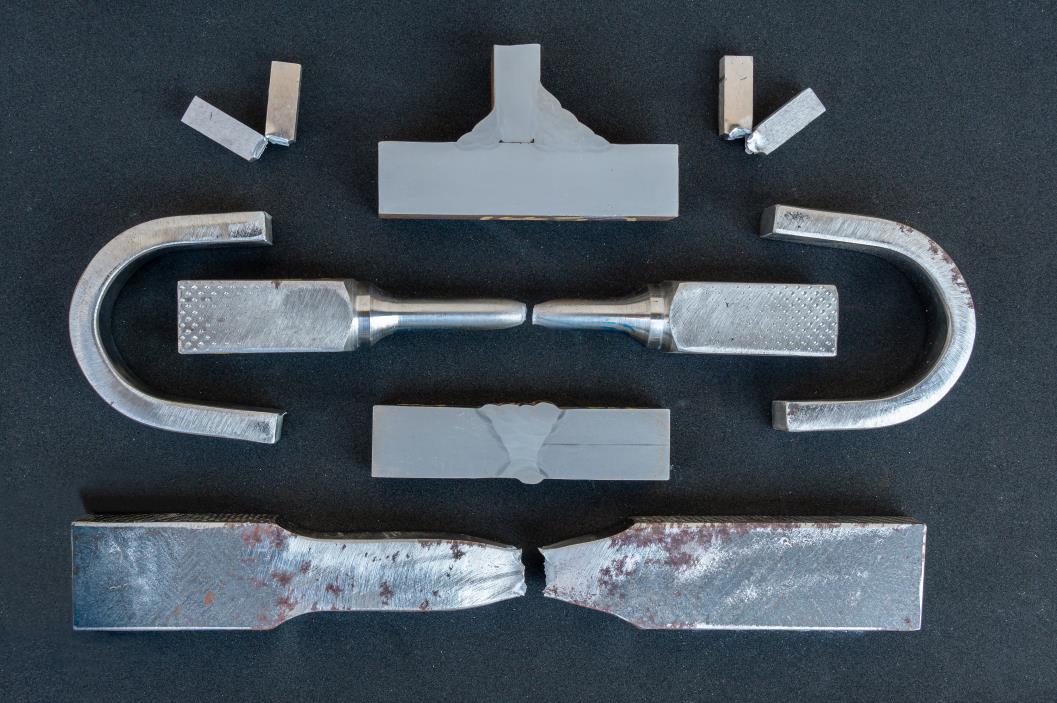
There are even videos of users stabbing concrete with Spyderco Police 4, which uses K390, to prove how tough it is. With an exceptional strength like this, K390 is one of the highest-performing steels. Your customers can comfortably use K390 steel knives vigorously, knowing that the edge won’t chip.
Corrosion resistance
K390 steel doesn’t have good rust resistance. It lacks the required chromium content to achieve adequate corrosion resistance. The 4.20% chromium isn’t enough to make it stainless. It helps with steel’s strength more than corrosion resistance.
Therefore, K390 steel can rust if not maintained and when subject to corrosive elements. You can also expect K390 steel knives to form a patina with use. Due to its poor corrosion resistance, some knifemakers coat the blade to keep corrosion and rust at bay.
While K390 has great toughness despite the high wear resistance, the same can’t be said for its grindability. Sharpening a K390 steel knife using a standard whetstone, such as an aluminum oxide stone, will pose challenges for the user. It’s difficult to give K390 steel blades a sharp edge with these sharpening tools.
Diamond stones are the best way to sharpen K390 steel knives for optimum results. If you intend to sell K390 knives, advise your customers to purchase a diamond stone with it. Although they won’t need one with a K390 steel knife soon, diamond stones work best for grinding highly wear-resistant edges.
K390 steel applications
K390 steel has various applications other than knives. Even though we stress its use as a knife in this article, Böhler developed this steel for industrial uses. Some of the primary applications of K390 steel include dies, stamping tools, mold inserts, injection nozzles, and extrusion feed screws.
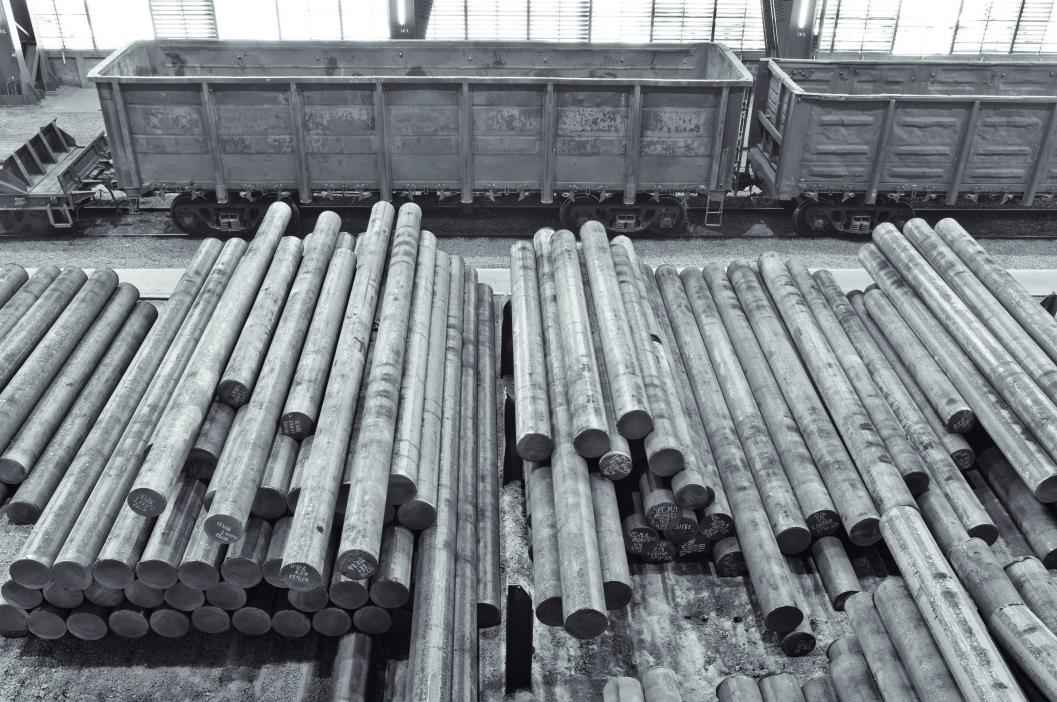
Advantages of K390 steel
- High wear resistance: K390 steel is a highly wear-resistant steel with one of the best edge retention capabilities.
- Excellent toughness: K390 steel is incredibly tough and can be utilized for heavy-duty cutting without worry.
- Optimal hardness: The hardness range for K390 is wide enough for users with different preferences.
Disadvantages of K390 steel
- Difficult to sharpen: K390 steel knives hold an edge exceptionally well, but they will need sharpening eventually, and when they do, it will be a demanding task.
- Expensive: Since it’s a high-performance premium steel, K390’s price tag may break the bank for some.
K390 steel vs. other powder metallurgy steels
vs. CPM-10V
Considering Böhler developed K390 as an alternative to CPM-10V, they share similar properties. As a knife blade material, users won’t notice significant differences. In the numbers, it shows that 10V has better edge retention than K390. Böhler’s K390 is slightly tougher, and their corrosion resistance is identical.
vs. CTS-XHP
Carpenter’s XHP falls below K390 in edge retention and toughness. It won’t cut for as long and can’t take a beating as K390 does. CTS-XHP is better in corrosion resistance and grindability.
vs. M390
M390 is perhaps the most popular knife steel developed by Böhler. When compared, K390 has much better edge retention than M390 steel. The latter is easier to sharpen and has superior corrosion resistance with 18% chromium. The toughness of both steels is similar, but K390 holds up to impact cutting better than M390.
Buy Wholesale Knives and Start Scaling up with Us Today
Contact us and connect with a sales rep to get a free quote.
Should you invest in K390 steel knives?
K390 is one of the best steels developed by Böhler. It delivers an exceptional knife. These blades don’t disappoint, whether a pocket knife or a tactical knife. K390 steel blades have fantastic edge retention with equal toughness.
These are advantageous to any knife user, but it has two major downsides. It isn’t rust-resistant and expensive. K390 is also difficult to sharpen, but it isn’t something aficionados mind.
It’s mostly knife enthusiasts and those looking for a work knife that will benefit from having a K390 steel knife the most. If you’re targeting these types of consumers, K390 is a worthwhile investment.
Source products from LeeKnives
LeeKnives boasts a wide collection of EDC knives forged using various knife steels. From wholesale products to OEM knives with your brand logo, we’re ready to be the only supplier you’ll ever need.
Click here to request a free quote, and let’s start scaling your business together.
